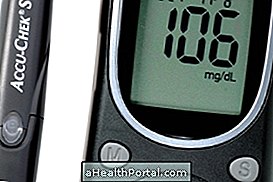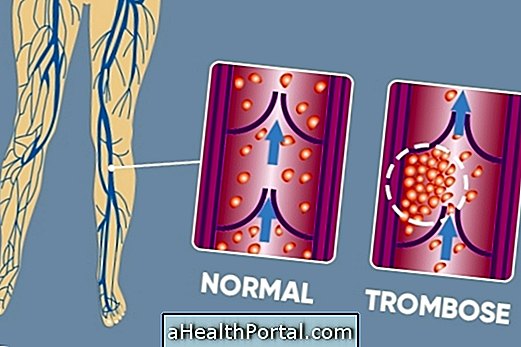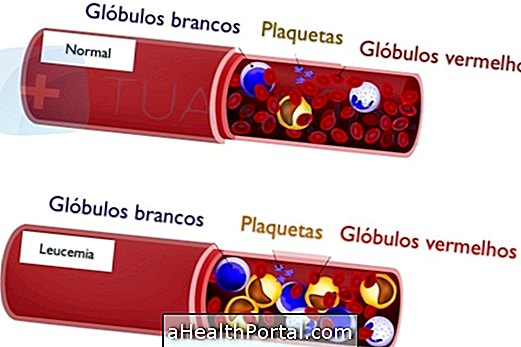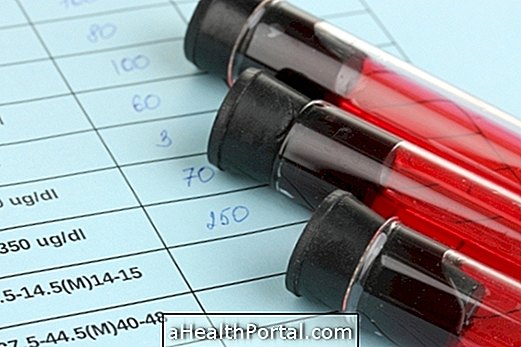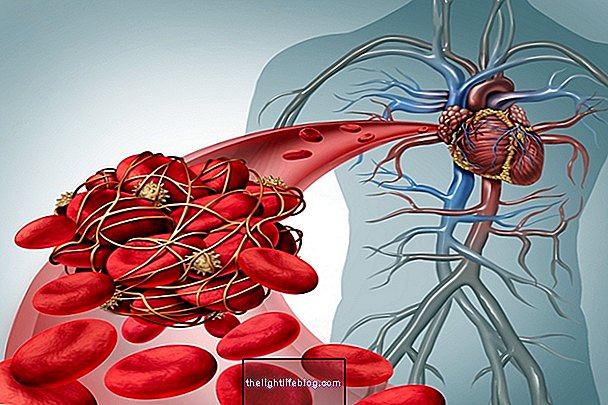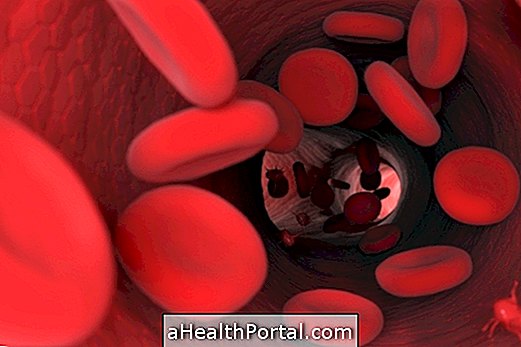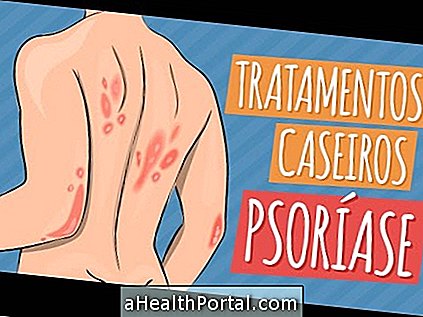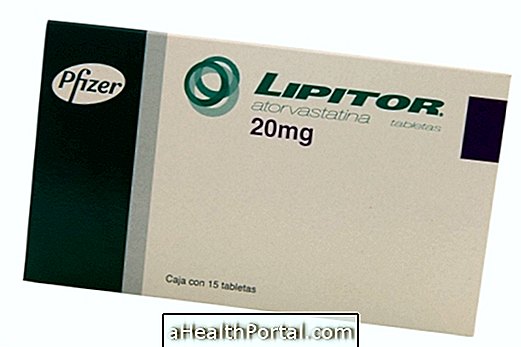Microcytic anemia occurs when there is a decrease in the size of red blood cells, known scientifically as mean corpuscular volume or CMV, with its value below <80 fL. This happens when hemoglobin, which is one of the constituents of red blood cells, undergoes changes, making the red blood cells smaller.
Microcytic anemia is not a specific type of anemia, but a group of several types that includes iron deficiency anemia, thalassemia, and sideroblastic anemia. Its main differences are in the cause that causes the alteration of hemoglobin, responsible for the transport of oxygen throughout the body.
To identify and confirm the diagnosis of microcytic anemia, the general practitioner or hematologist will usually order blood tests to evaluate the red blood cells and thus indicate the best treatment.

Main types of microcytic anemia
The main types of microcytic anemia are:
1. Iron deficiency anemia
Iron deficiency anemia is one of the most common types of anemia and is characterized by a decrease in iron values in the body, resulting in a reduction in the concentration of hemoglobin within the red blood cells. This decrease can cause symptoms such as tiredness, weakness, dizziness and difficulty concentrating.
This type of microcytic anemia can happen after a large hemorrhage, but it can also occur due to a diet with few iron foods, such as liver, egg yolk or pumpkin seeds. Learn how to identify the symptoms of iron deficiency anemia and how treatment is done.
2. Thalassemia
Thalassemia is a type of hereditary microcytic anemia, that is, it tends to happen in several people in the same family. This type of anemia happens due to changes in the production of hemoglobin, which means that there is less amount of oxygen reaching all parts of the body, resulting in symptoms such as fatigue, pale skin, lack of appetite and irritability.
This type of microcytic anemia can be divided into several types, depending on which part of the hemoglobin has been affected, resulting in more or less severe symptoms. Check out the various types of thalassemia and its symptoms.
3. Sideroblastic anemia
Sideroblastic anemia occurs when iron is not used correctly to produce hemoglobin, resulting in a change in its values. This type of microcytic anemia can be inherited or acquired throughout life, due to bone marrow problems or vitamin B6 deficiency, causing symptoms such as pallor, dizziness, tiredness and weakness. Learn more about the causes of sideroblastic anemia and what is its treatment.
How the treatment is done
The treatment of microcytic anemia varies according to the type, it is important to consult the general practitioner or the hematologist when the first symptoms appear, to identify the correct type and start the most appropriate treatment.
Thus, the treatment of microcytic anemia can be done as follows:
- Iron deficiency anemia: it is usually treated with iron supplements and a diet rich in iron foods, such as beans, lentils and red meat. Check out other iron-rich foods.
- Thalassemia: it is treated according to its type, but it is usually recommended to eat foods rich in iron and to use folic acid supplements, which help to restore hemoglobin levels. See how the food for thalassemia should be.
- Sideroblastic anemia: treatment is done with supplements of vitamin B6 and folic acid or, in more severe cases, a bone marrow transplant may be necessary.
In addition to these treatments, in some cases it may be necessary to perform a blood transfusion to restore hemoglobin levels in the blood.
Was this information helpful?
Yes No
Your opinion is important! Write here how we can improve our text:
Any questions? Click here to be answered.
Email in which you want to receive a reply:
Check the confirmation email we sent you.
Your name:
Reason for visit:
--- Choose your reason --- DiseaseLive betterHelp another personGain knowledge
Are you a health professional?
NoMedicalPharmaceuticalsNurseNutritionistBiomedicalPhysiotherapistBeauticianOther
Bibliography
- RAMIREZ, A et al. Sideroblastic anemia. Rev Hematol Mex. 17. 4; 287-292, 2016
- MINISTRY OF HEALTH. Talassemias. Available in: . Accessed on 09 Mar 2021
- POLAINAS, Sara. Thalassemias: Etiology, Pathophysiology, Diagnosis and Therapeutic Approaches. Monograph of Integrated Master in Pharmaceutical Sciences, 2017. Faculty of Pharmacy, University of Lisbon.
- PLANSERV. Treatment of iron deficiency anemia. 2018. Available at:. Accessed on 10 Mar 2021
- CLINICAL PROTOCOL AND THERAPEUTIC GUIDELINES. Iron deficiency anemia. 2014. Available at:. Accessed on 10 Mar 2021
- CIENCIANEWS. ANEMIAS - CLASSIFICATION AND DIFFERENTIAL DIAGNOSIS. Available in: . Accessed on 10 Mar 2021
